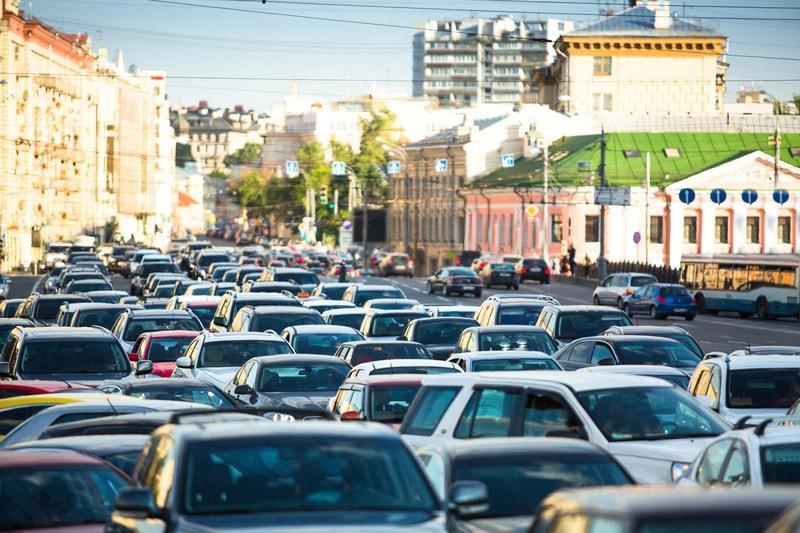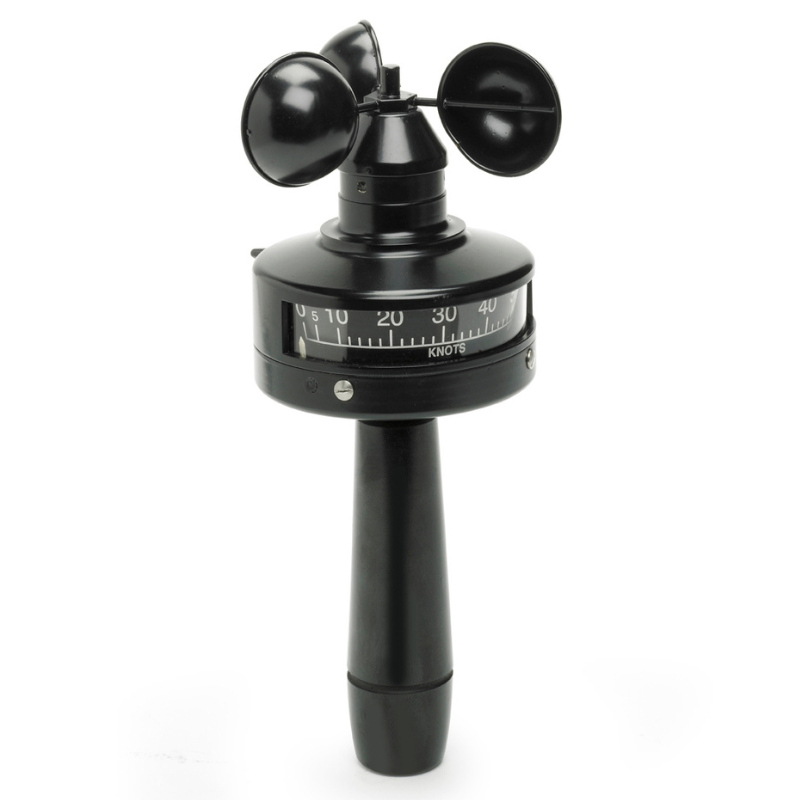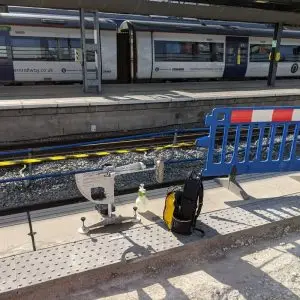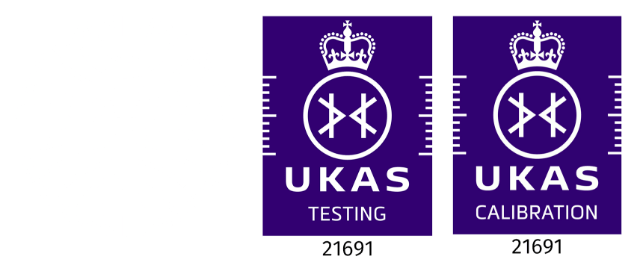Poor air quality is known to be the most significant environmental cause of premature death in the EU. This disturbing fact also extends to many other countries around the world. Initiatives to combat this issue are therefore a priority for many governments. The implementation of a Low Emission Zone (LEZ) is one such initiative. LEZs aim to improve air quality by encouraging the adoption of cleaner vehicles.
Over the last decade there has been an explosion in the number of LEZs within the EU. This has mainly been in response to the EU Clean Air Directive (2005). This sets maximum allowable limits on certain pollutants within specified spatial zones. If violated, local governments are required to produce a Clean Air Action Plan, which must consist of a number of pollution-reducing measures. The most radical of these measures is the LEZ. In Europe alone, almost 200 LEZs have been, or are being, introduced. The finer details of each scheme vary, but most deter polluting vehicles by levying a charge on vehicles that do not comply with certain green standards.
LEZs are of vital importance in controlling the devastating human, health and environmental cost of poor air quality. Of particular concern are particulate pollutants (PM10 and PM2.5). The number of EU deaths attributable to PM10 is 348,000 annually. The LEZs address this pressing issue by reducing emissions of particulate matter in densely populated areas.
Key Examples of Low Emission Zones
Germany
Germany has been particularly active with the introduction of LEZs to 47 cities. Every vehicle in the country is now required to display a coloured windscreen sticker indicating its pollution (PM10) class. Depending upon the colour of the sticker, a vehicle may be banned from driving into an LEZ unless a charge has been paid.
United Kingdom
Introduced in 2008, London is home to the largest LEZ in the world. Covering most of Greater London, non-compliant vehicles are required to pay a daily charge of £100-200 to enter the zone. The scheme mainly targets commercial vehicles such as lorries, vans and coaches and therefore affects businesses most.
The Mayor of London has recently confirmed plans to enhance London’s air quality measures with the introduction of an Ultra Low Emission Zone (ULEZ). This will require every vehicle entering central London to comply with given emissions standards. Non-compliant vehicles will be expected to pay a charge.
The Future of Low Emission Zones
Air quality continues to challenge governments around the world. LEZs are an effective way of combatting the problem, and we expect them to become increasingly commonplace.
References
European Commission Air Quality Website: http://ec.europa.eu/environment/air/index_en.htm
Watkiss, Pye & Holland (2005) ‘CAFE CBA: baseline analysis 2000-2020’ Report to the European Commission DG Environment, Brussels
Wolff (2013): ‘Keep Your Clunker in the Suburb: Low Emission Zones and the Adoption of Green Vehicles’, The Economic Journal 124 (August)








